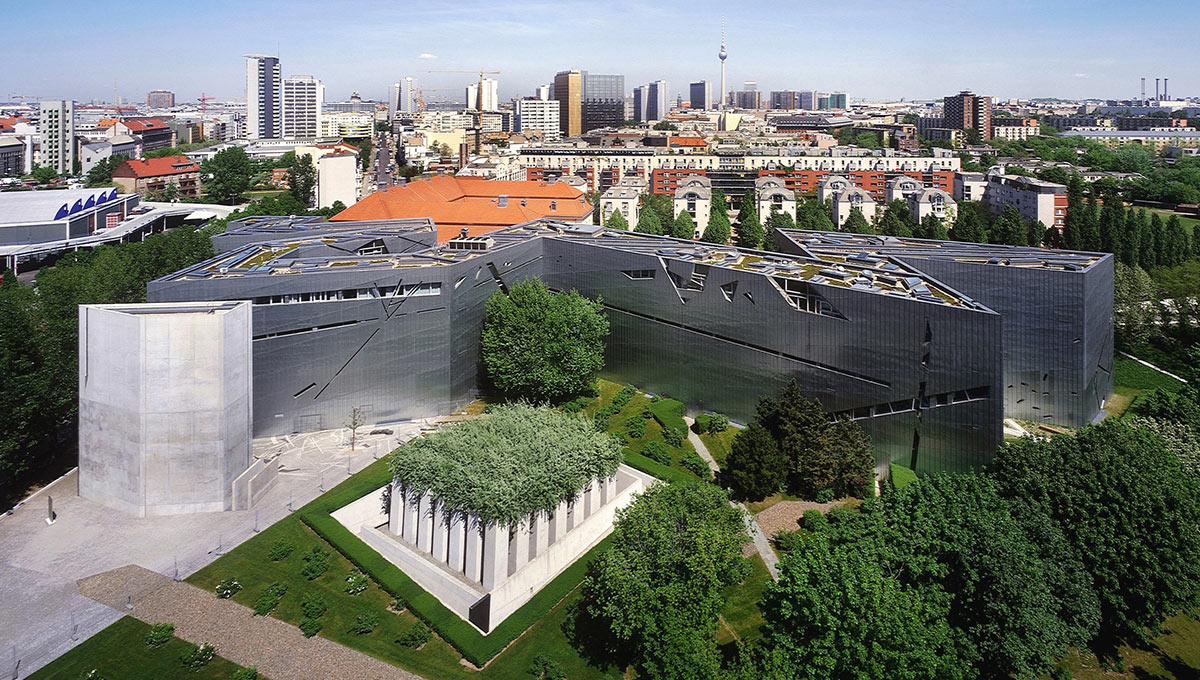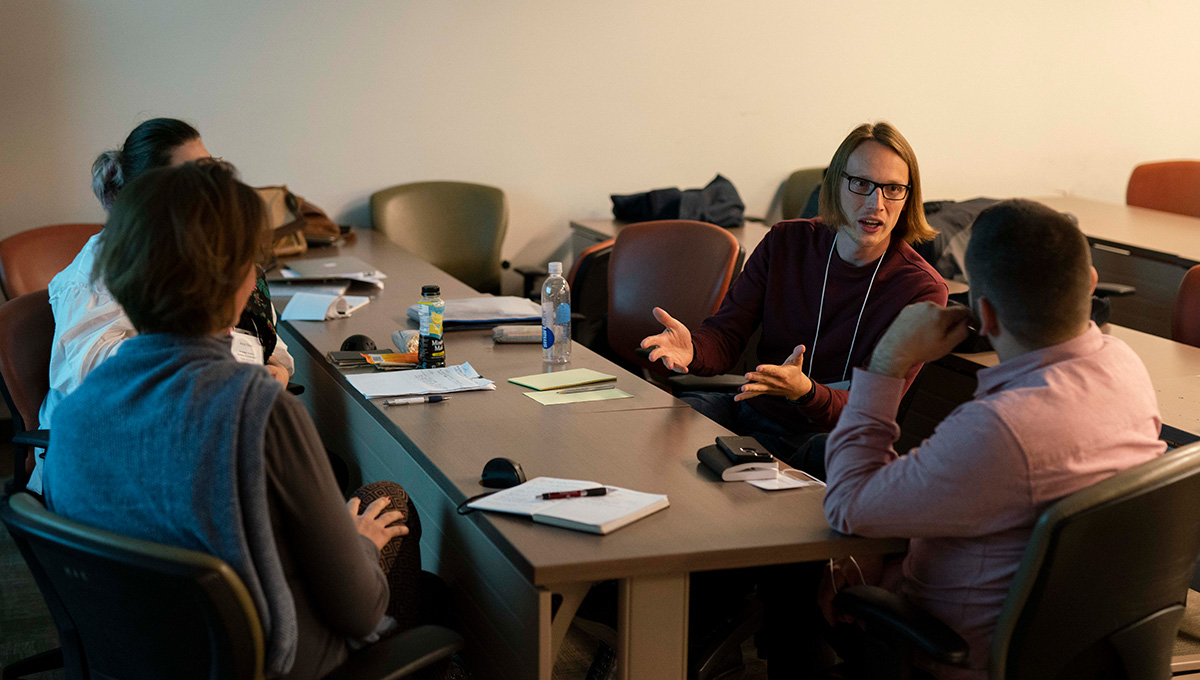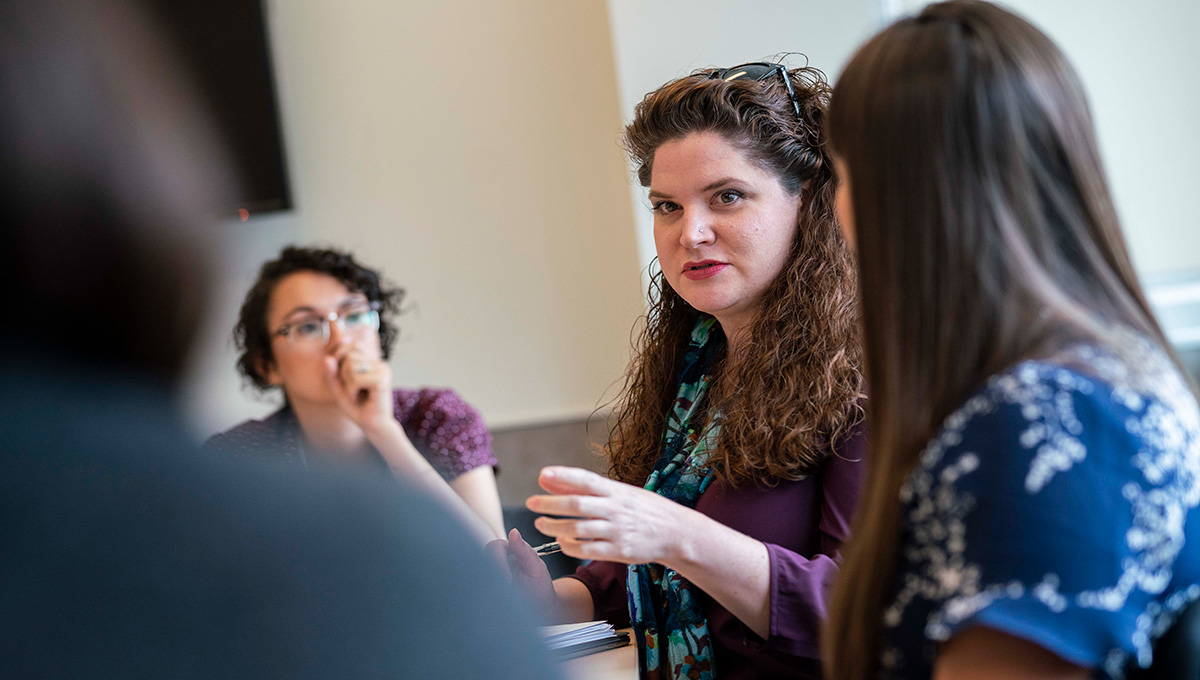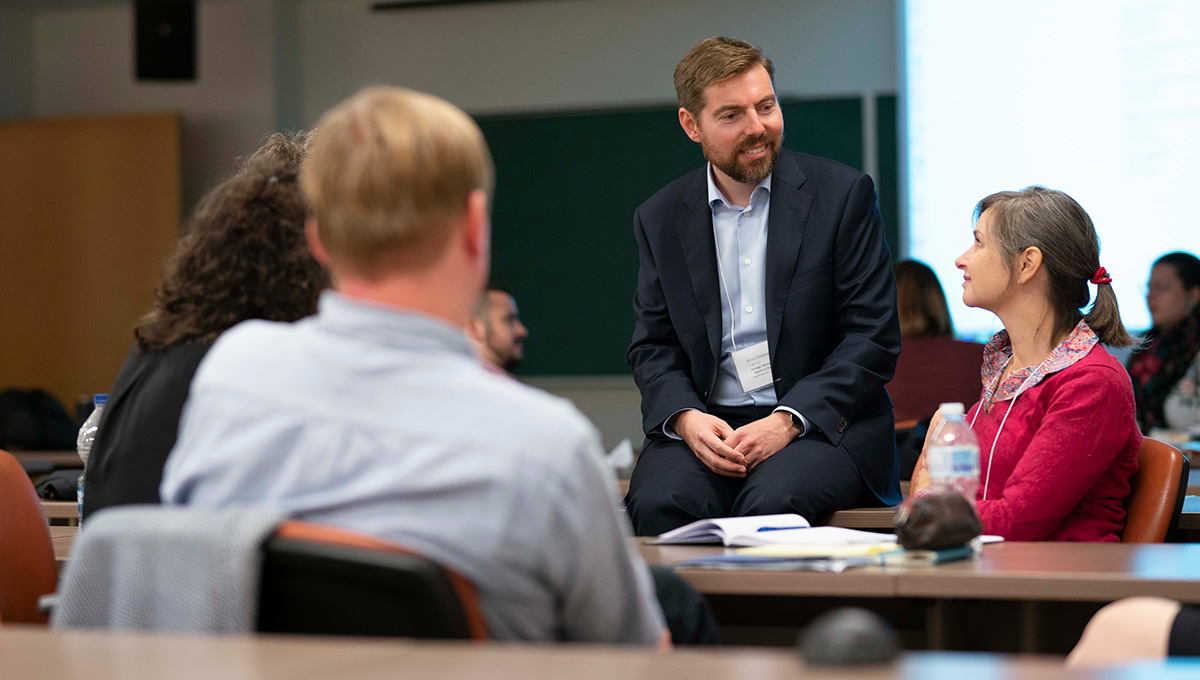By Tyrone Burke
Photos by Chris Roussakis
Steps from the Brandenburg Gate, at the symbolic heart of modern Germany, the Memorial to the Murdered Jews of Europe envelops visitors in a discomfiting grey.
It’s the dominant tone of the patio stones underfoot, the oft-overcast sky above, and 2,711 slabs of concrete that extend unevenly in every direction. Their drab featurelessness is inadequate to convey the ineffability of the lives they represent, even with rainfall beading on the smooth film of their anti-grafitti coating like countless tears shed for millions of lives cut short by pogroms, massacres and the Holocaust.
It’s unsettling. And it’s supposed to be.
Germany’s darkest hour hasn’t only been commemorated at the centre of its contemporary democracy, it’s been preserved at sites throughout the country. The Jewish Museum of Berlin traces Jewish life in Germany over centuries, concentration camps have been preserved, and the House of the Wannsee Conference stands sentinel to the cold calculation with which the mass genocide was planned.

The Jewish Museum Berlin, designed by architect Daniel Libeskind. Source: Studio Daniel Libeskind.
It’s an in-your-face approach that challenges Germans never to forget or deny, and it could scarcely be more different from how Canada has commemorated the darkest chapters of its own history.
But that’s starting to change. Sir John A. MacDonald’s role in the creation of the residential school system and dispossession of Indigenous peoples has led to the removal of some statues, and there’s been debate over what should be done with the residential schools themselves.
- International Internship Program Takes Students Across the Globe
- Global Team on Refugees
- Visiting Scholars Talk Science Around The Campfire
Some survivors have advocated for their demolition; others believe that heritage conservation can make them a valuable teaching tool for future generations.
“Canada has a complicated history and we’re still on the cusp of working through a lot of things,” says Emily Putnam, a PhD student in Cultural Mediations who facilitated Processes: Curation, Consultation, Conservation, an exchange between Carleton graduate students and researchers from the Technical University of Berlin, Bauhaus Weimar University and the Berlin University of the Arts.

Learning from Germany’s
Acknowledgement of Injustice
Carleton welcomed the German group as part of a 10-day research visit to Canada. In the coming weeks, students in the Heritage and Memory in Canada and Central Europe course, taught by Jerzy Elzanowski, will reciprocate by visiting Berlin and Warsaw, Poland.
“In Germany, they’ve been working through these issues since the end of the Second World War,” Putnam says, “and they’re very up front about it. Canada’s histories of injustice are still very under-acknowledged – slavery, for example, or the history of the Japanese-Canadian internment. Heritage, monuments and museums are kind of overlooked as being not very consequential to advancing cultural ideas, social policy, or how people relate to these histories, but they play a very interesting role. They’re what we see, and what we understand. They teach us these stories in specific ways.”
On Sept. 20, 2018, students from Carleton’s School of Indigenous and Canadian Studies, Azrieli School of Architecture and Urbanism, and Institute for Comparative Studies in Literature, Art and Culture participated in a research exchange workshop followed by the Herb Stovel Memorial Lecture – an annual event that celebrates the legacy of Stovel, co-ordinator of the School of Canadian Studies Heritage Conservation program from 2004-2012.

Francesca Russello Ammon of the University of Pennsylvania elucidated on transformation of the post-war urban landscape in the United States, as recounted in her book Bulldozer: Demolition and Clearance of the Postwar Landscape.
After the bulldozer’s lionization as critical to the war effort, federal policies promoted clearing existing urban spaces – whether or not there was an appetite to develop them. As it reshaped American cities into the distinctively North American monotony of car-based suburbs and interstate highways, the bulldozer became an icon of mid-century progress. But as communities were impacted, environmental consciousness rose, and the zeitgeist shifted toward heritage conservation, the march of the machine across the land slowed, and it morphed – for some – into a symbol of injustice.
The events were part of a tour that included stops in Montreal and Toronto – with Canadian guides sharing their knowledge of Indigenous art, black history, and each city’s unique social histories.

A Fresh Perspective on Familiar Subjects
For Meighen Katz, a public historian taking Carleton’s Graduate Diploma in Architectural Conservation, touring Ottawa with German students provided a fresh perspective on familiar subjects.
“It’s always useful from a critical analysis point of view to walk through something that is familiar with someone for whom it is not familiar,” Katz says.
“You could have just taken the Canadian students, and walked through the National Gallery, or around Ottawa together – and we would have gotten a lot out of it. We had a lot of good people leading it, and giving us their perspectives. But there are questions we didn’t necessarily ask that the Germans would say ‘what about this?’ That’s a real advantage from a scholarly point of view. It makes you rethink questions that you thought you already knew.”

As for the central European leg of the exchange, local perspectives will help Carleton students make sense of the layers of history in Berlin and Warsaw.
“You always get more out of a city when you’re with locals,” says Katz, who visited Berlin as a tourist five years ago.
“You see a different side to the city . . . There’s always the ‘off the beaten track’ line, but you don’t see the significance of something until you’re standing with someone who says the reason this street is important is x, y and z. You only get that in a city if you’re there with people (for whom) it’s part of (everyday life).”
Tuesday, October 16, 2018 in Faculty of Arts and Social Sciences, Faculty of Engineering and Design, International, Research
Share: Twitter, Facebook



